Nepenthes Truncata: The Magnificent Mammal-Trapping Pitcher Plant of the Philippines
Have you ever wondered about a plant so extraordinary it can actually catch mice? Meet Nepenthes truncata, the carnivorous wonder that’s capturing the imagination of botanists and plant enthusiasts worldwide!

What Makes Nepenthes Truncata So Special?
This isn’t your ordinary houseplant. Native to the lush islands of the Philippines – specifically Dinagat, Leyte, and Mindanao – Nepenthes truncata is a botanical marvel that defies typical plant expectations.
Size That Impresses
Jaw-dropping Dimensions:
- Pitchers can reach up to 40 cm in height
- Lower pitchers grow up to 14 inches tall
- Thrives from sea level to 1500 meters elevation
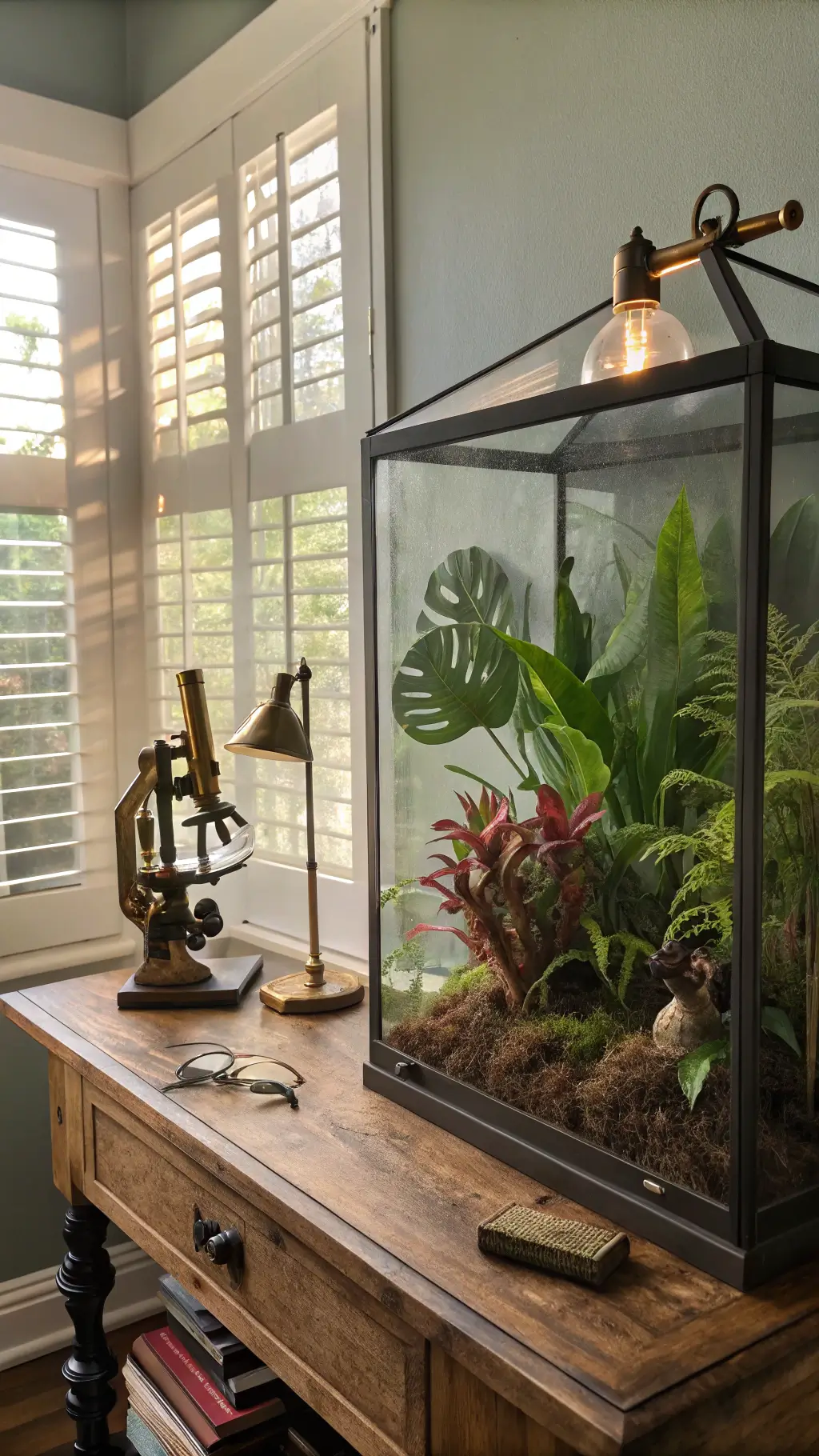
A Hunter Among Plants
Most plants photosynthesize. This one? It hunts.
Shocking Hunting Facts:
- Occasionally traps small mammals like mice and rats
- First documented indoor mammal capture in 2006 at Lyon Botanical Gardens
- Cannot fully digest calcium-rich bones of trapped prey
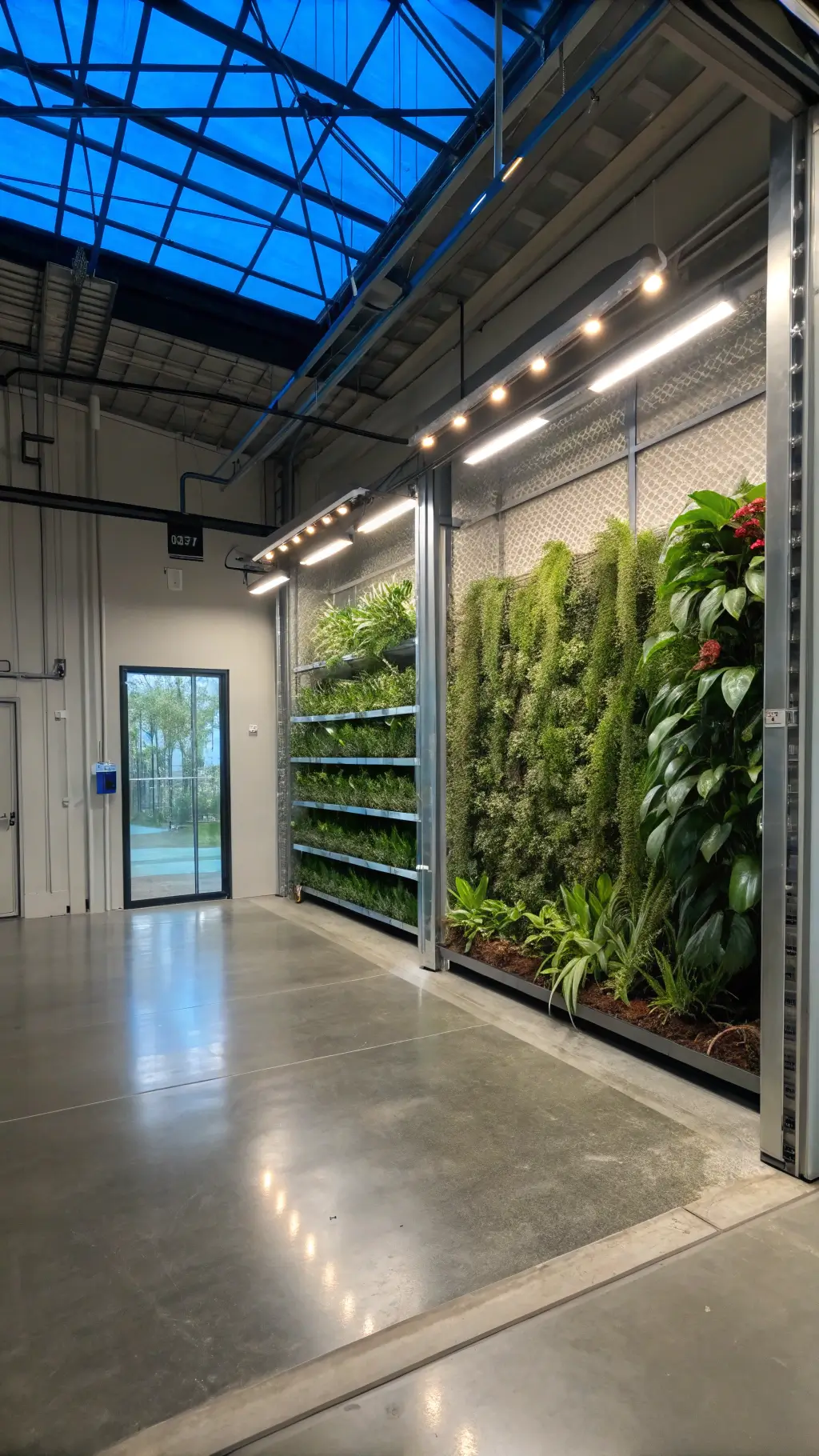
Growing Your Own Nepenthes Truncata
Want to cultivate this botanical beast? Here’s your guide:
Climate Considerations
Lowland Varieties:
- Daytime temperatures: 80°F (26°C)
- Nighttime temperatures: High 60s-70s°F (15-22°C)
Highland Varieties:
- Daytime temperatures: 70s°F (20s°C)
- Nighttime temperatures: 50-60°F (10-15°C)
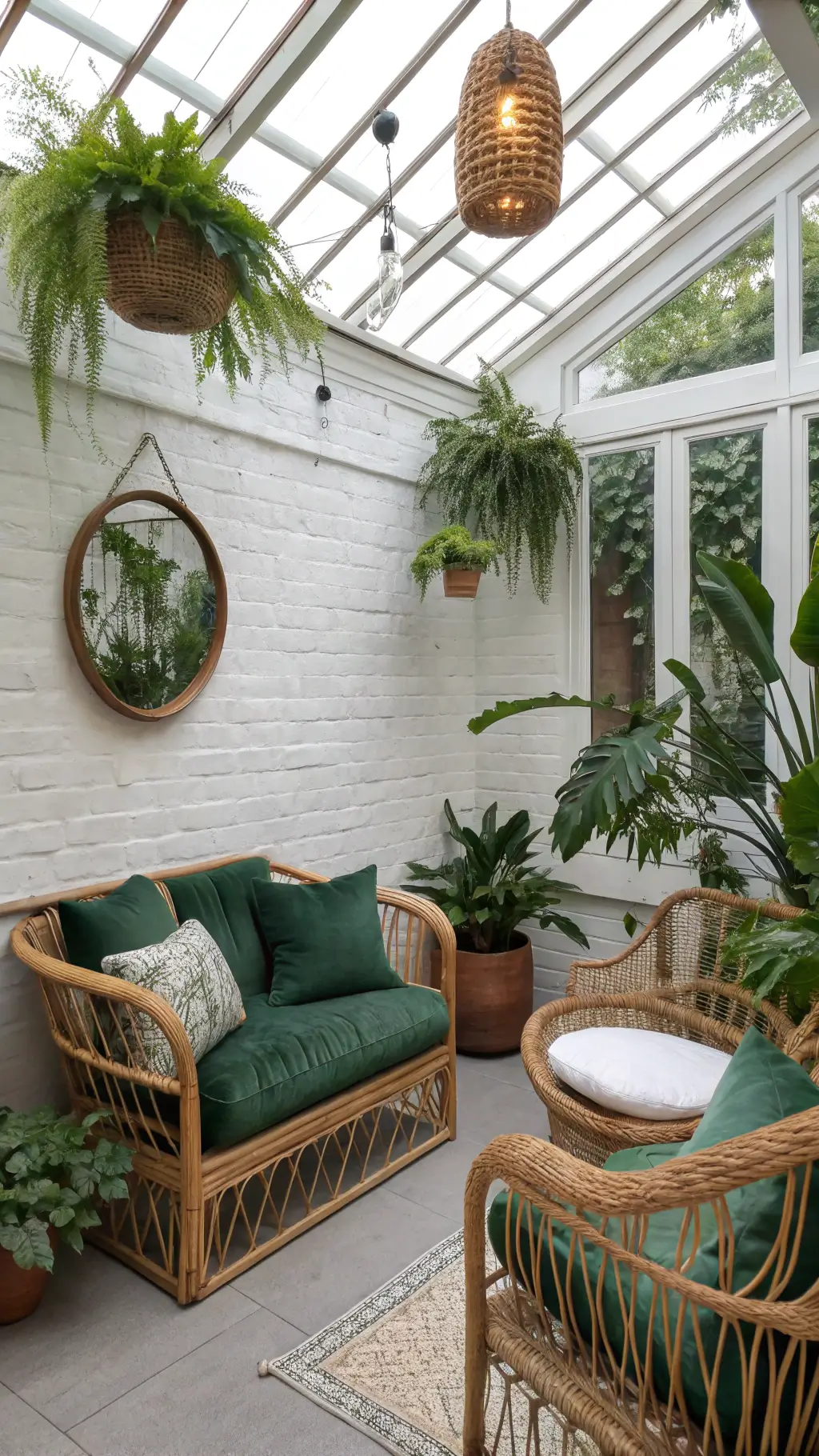
Key Growing Tips
- Requires high humidity
- Relatively easy to grow under proper conditions
- Loves warm environments
The Stunning Anatomy of Its Pitchers
These aren’t just traps – they’re works of art:
Pitcher Characteristics:
- Large, slanted mouths with prominent wings
- Smooth, green outer surface
- Interior: Spectacularly speckled in purples, pinks, reds, and oranges
- Distinctive peristome in golden, green, yellow, and red patterns
- Horizontal domed lid hovering dramatically over the opening
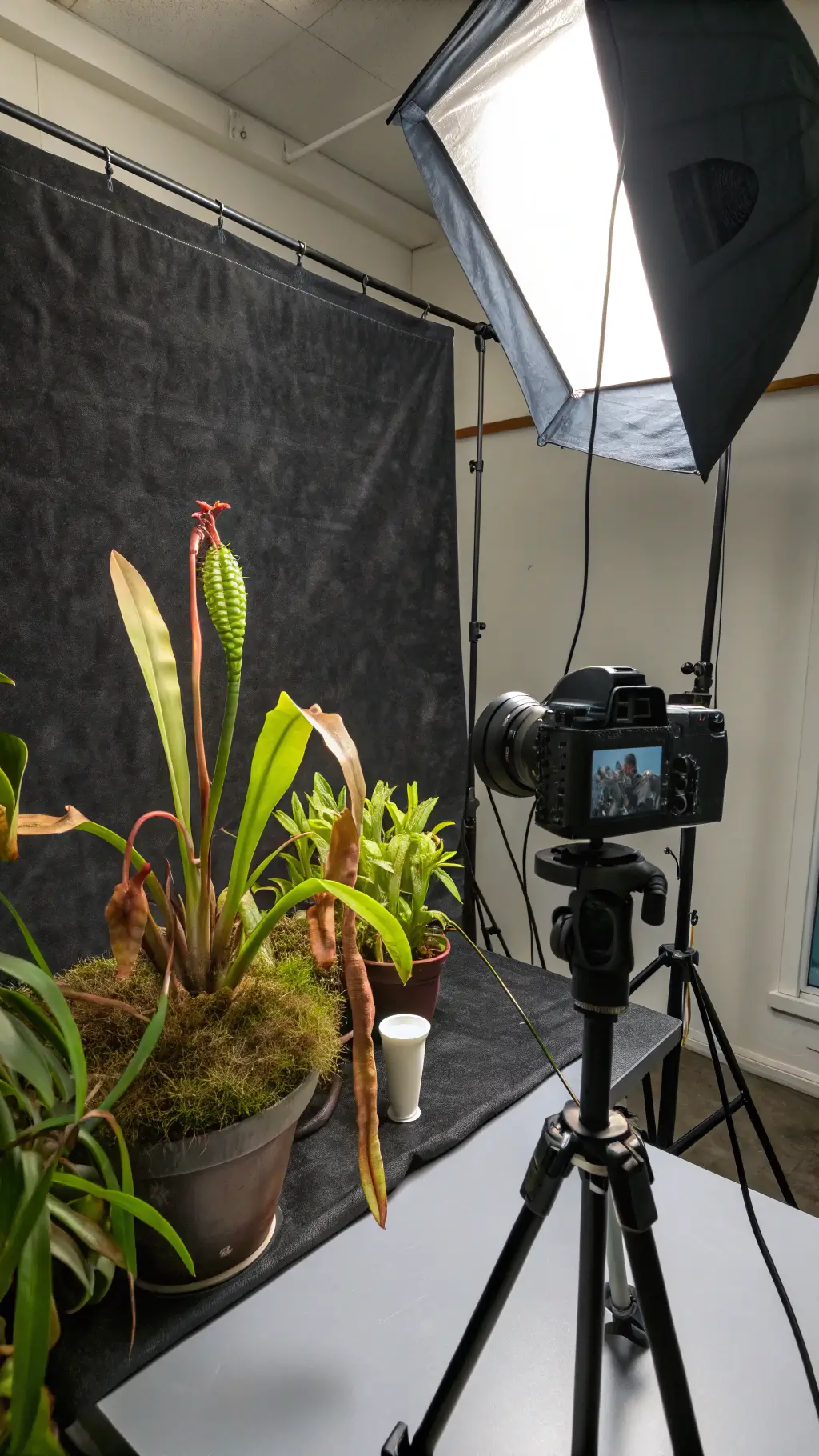
Hybridization and Popularity
Plant enthusiasts love Nepenthes truncata for its:
- Ease of hybridization
- Unique natural hybrids like N. alata × N. truncata
- Remarkable genetic diversity
Pro Tip for Collectors
Collecting or growing Nepenthes truncata isn’t just about having a plant – it’s about owning a living, hunting ecosystem in miniature!
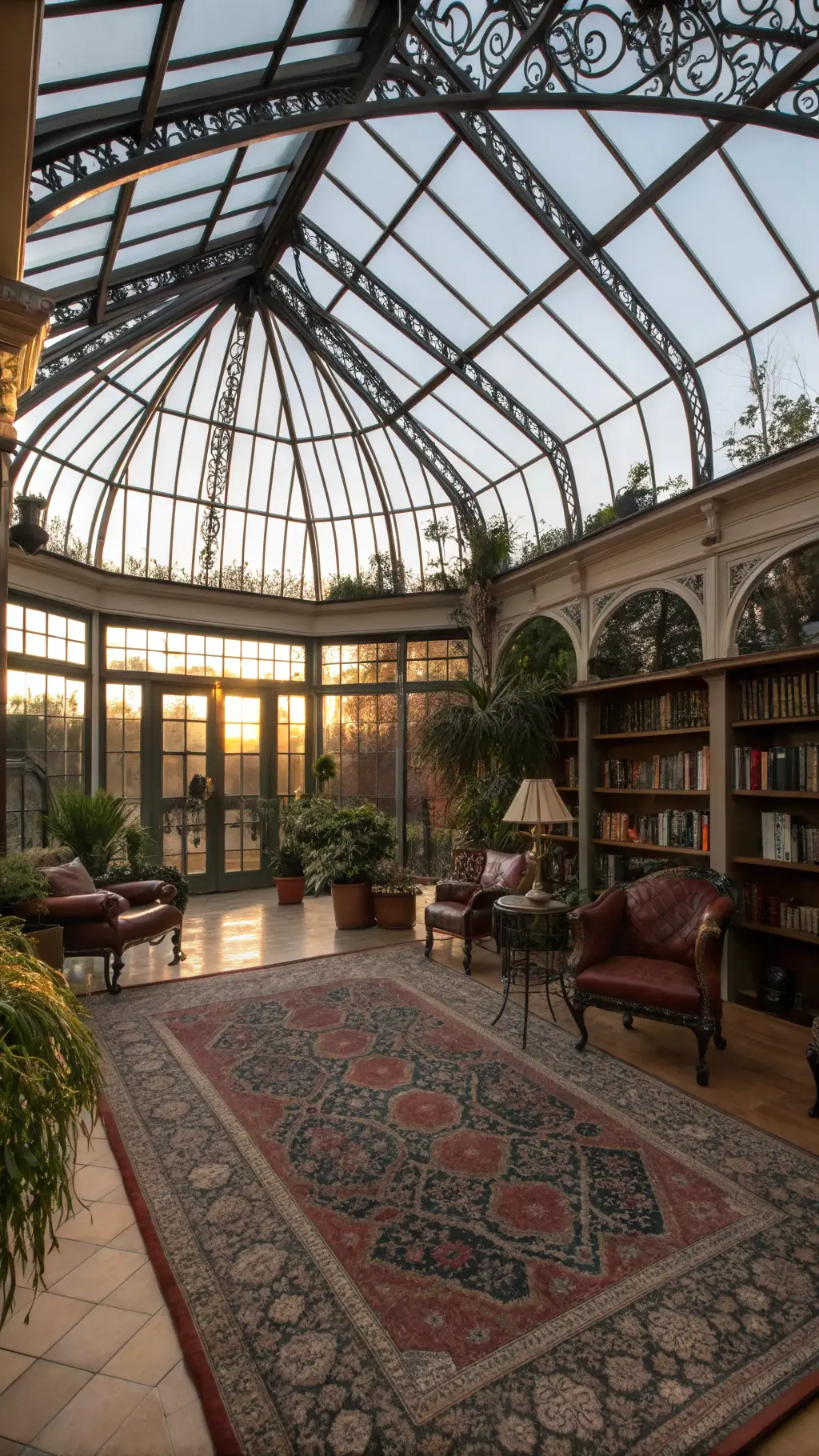
Final Thoughts
Nepenthes truncata isn’t just a plant. It’s a testament to nature’s incredible design – a carnivorous marvel that challenges everything we think we know about botanical life.
Whether you’re a serious botanist or just a curious plant lover, this Philippine pitcher plant promises to fascinate, surprise, and maybe even slightly terrify you!
Quick Care Checklist
- ✅ High humidity
- ✅ Warm temperatures
- ✅ Indirect bright light
- ✅ Well-draining soil
- ✅ Regular moisture
Ready to welcome this extraordinary plant into your collection? Your botanical adventure starts now!
